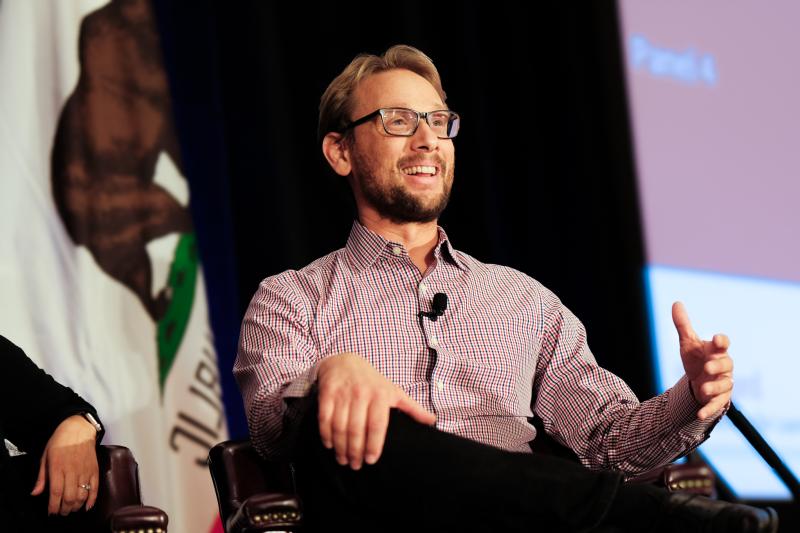
Teaching kids about the environment and sustainability
Nicole Ardoin is an associate professor at the Graduate School of Education and a senior fellow at the Stanford Woods Institute for the Environment, where she researches motivation for environmental behavior and evaluates environmental education programs. She joined GSE Dean Dan Schwartz and Senior Lecturer Denise Pope on School’s In to discuss her recent research, including with the Girl Scouts, and how school gardens are a lab for learning not only about the environment but about literature, math and history.
Listen to the full episode at the link below and find more episodes at Stanford Radio. School’s In airs weekends on SiriusXM Insight channel 121.
Interview Highlights
Teaching Girl Scouts to change behaviors around sustainability
We've worked with the Girl Scouts for a number of years now and with them we were specifically looking at environment and conservation behaviors. And it was a really exciting opportunity to try to see ways that we could use after-school programs to encourage girls to look at energy and conservation behaviors in their home … We found that the girls, both in the short term and the long term, were able to not only change the energy behaviors, but actually save money for their family in terms of the amount of energy that they were using.
Being an Earth steward
What it can mean to be an Earth steward can be taking maybe one or two actions. But often kids get this idea that if they're not doing everything right, then they can't consider themselves someone who's an environmentalist or conservationist or an earth steward. We’re actually doing a number of studies on that right now, where we're doing some, what we call, "ethnographic studies," which means we're spending a lot of time in the field, where it's a real hardship, where we're hiking along with kids and we're going to these beautiful places. We spend a lot of time there listening to kids’ language and instructors’ language and thinking about how we can be more inclusive rather than exclusive. And helping kids recognize that none of us do everything right all the time. There's not a single person who does everything right all the time. It’s not about making the right choices all the time.
School gardens and pushing an agenda
Settings like school gardens are used to teach topics in addition to environment sustainability and science. For example, a lot of them are used to teach literature and to teach history, to teach the place-based education that may or may not be related to environment sustainability. I think that there's some math concepts. I think just about every topic can be taught through those kinds of settings. With regard to this idea of feeling like you're pushing an agenda: I do agree that it's really important to think about who is the audience? And to think about, what is the topic? And what's the appropriateness for that particular audience? And I think that in the field of environmental education, there has been a real effort to think about, what are the guidelines and principles? And what are the outcomes that are being sought? And what are the professional standards across the field?



